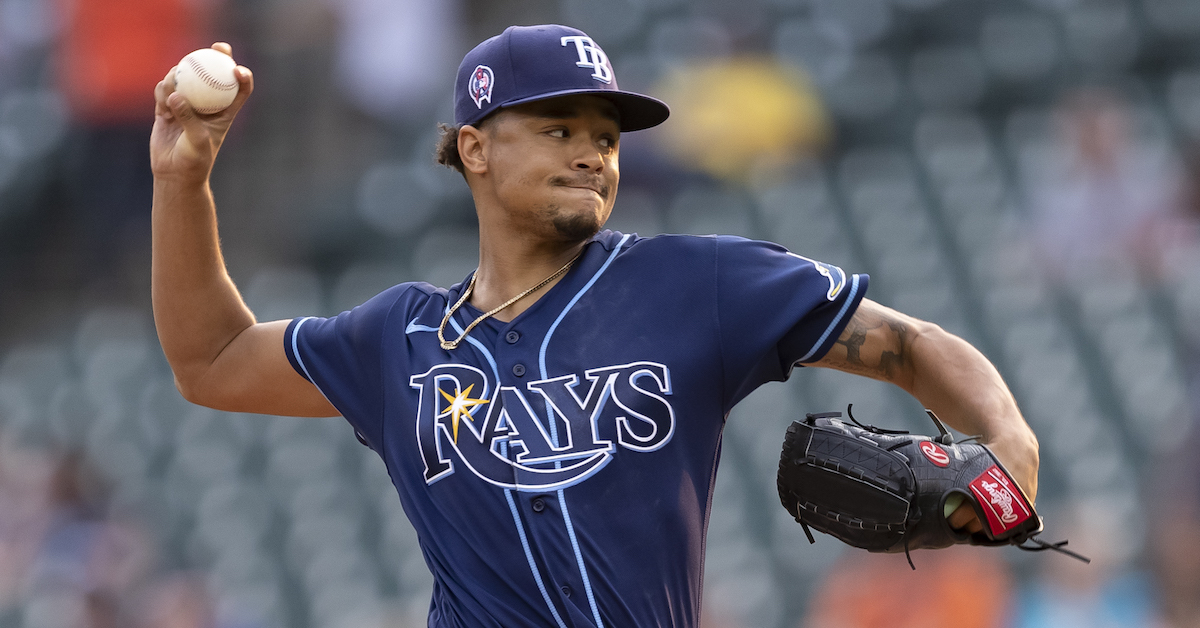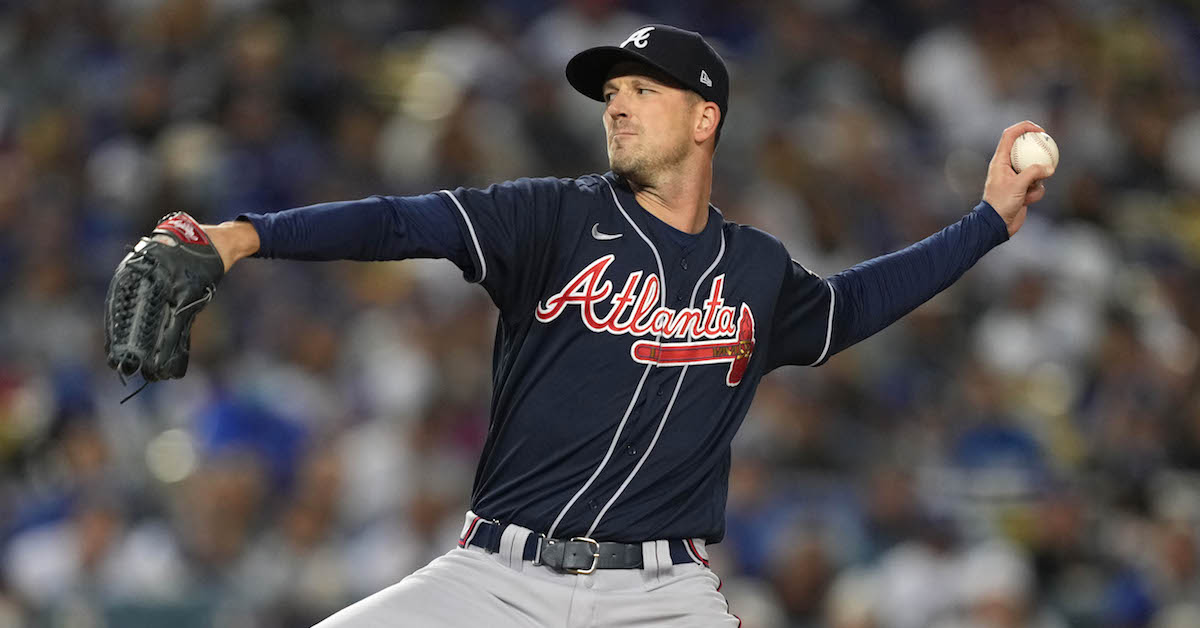The Twins Fill a Rotation Void With Chris Archer

Last week, the Twins got their dessert: they signed the top free agent in the market and installed him in the middle of the lineup. This week, they’re eating their vegetables, in the form of a one-year deal with Chris Archer:
Right-hander Chris Archer and the Minnesota Twins are in agreement on a one-year, $3.5 million contract, sources familiar with the deal tell ESPN. Archer, 33, will join the Twins' rotation and can earn up to $9.5 million this season with performance bonuses.
— Jeff Passan (@JeffPassan) March 28, 2022
Those incentives are a modern-day version of a games started bonus. Archer will receive them based on the number of games he either starts or pitches three innings of relief in – basically starting or being the headliner after an opener.
I like the idea of this contract quite a bit, for both Archer and the Twins. From Archer’s perspective, it’s a bet on himself with a financial cushion if things don’t work out. When he signed in Tampa Bay last year, he hadn’t pitched since 2019, and he didn’t even accrue 20 innings. He hurt his forearm in his second start of the year, missed four months, then hurt his hip not long after returning. A starting role in the majors seemed far from a certainty. Read the rest of this entry »









